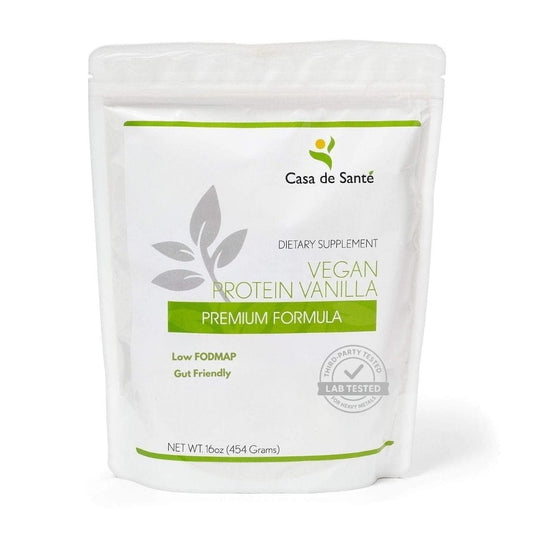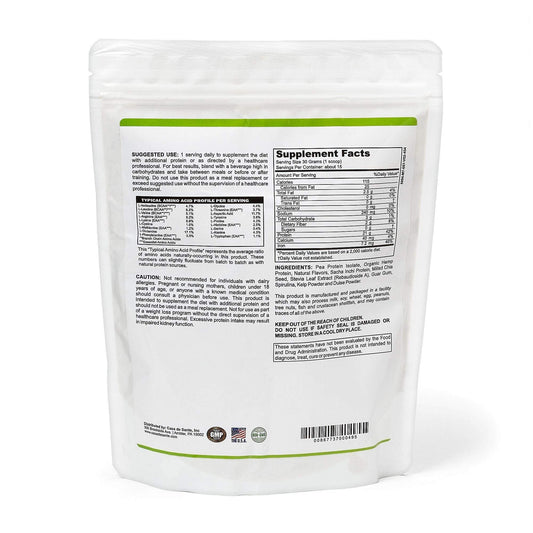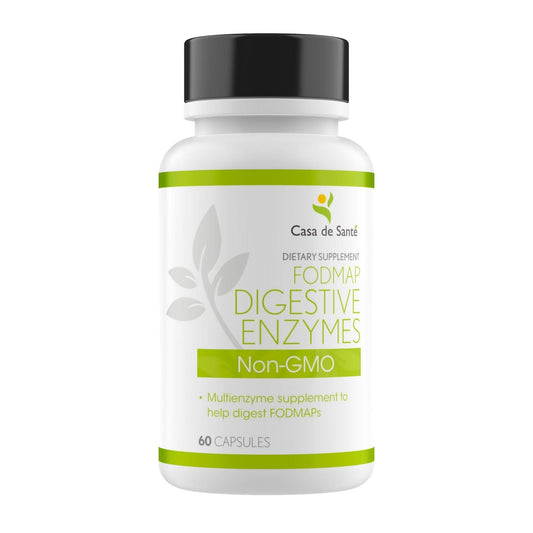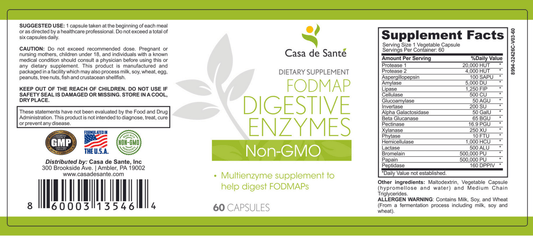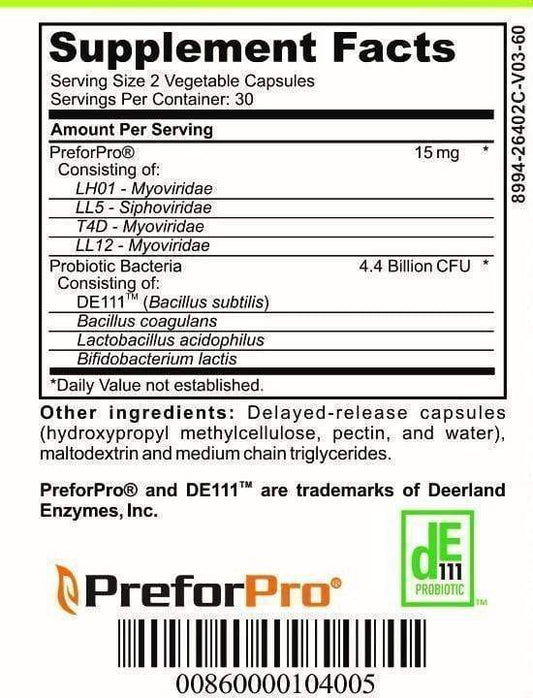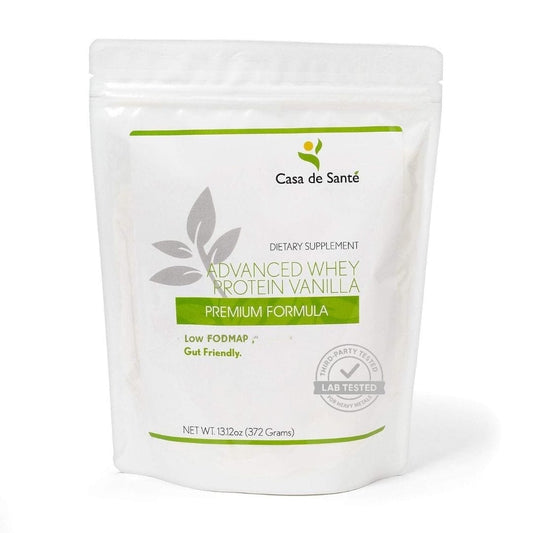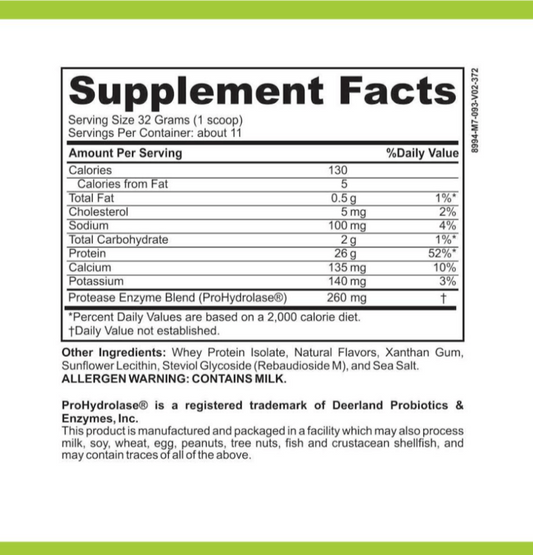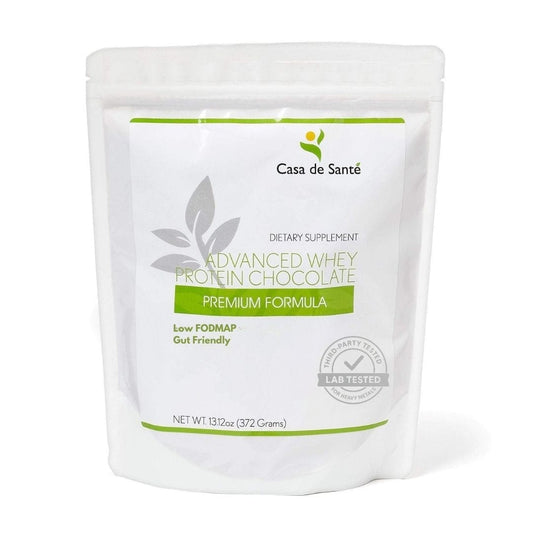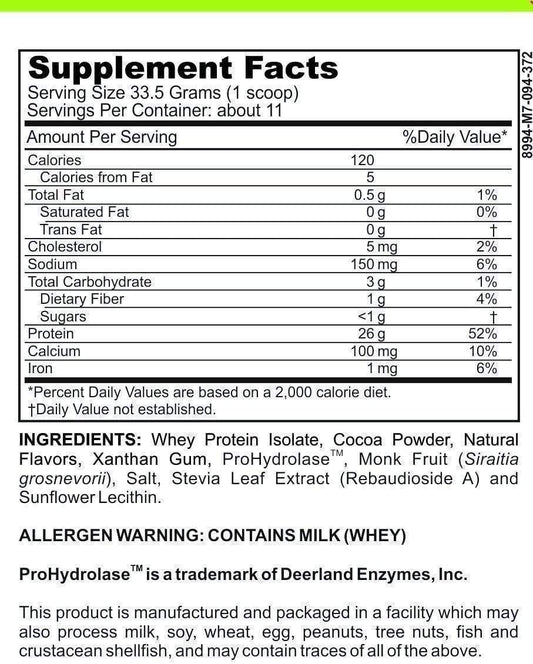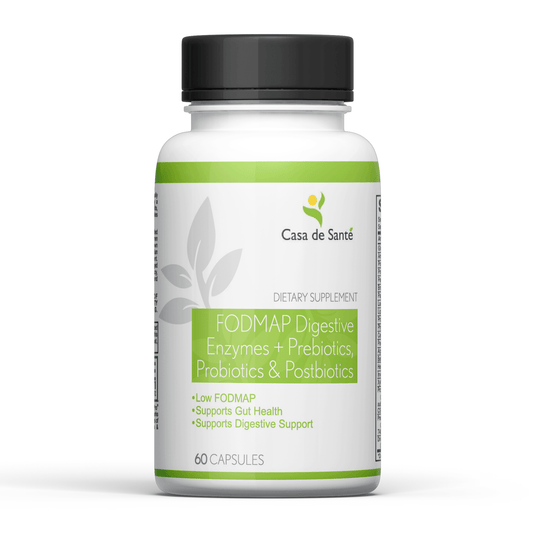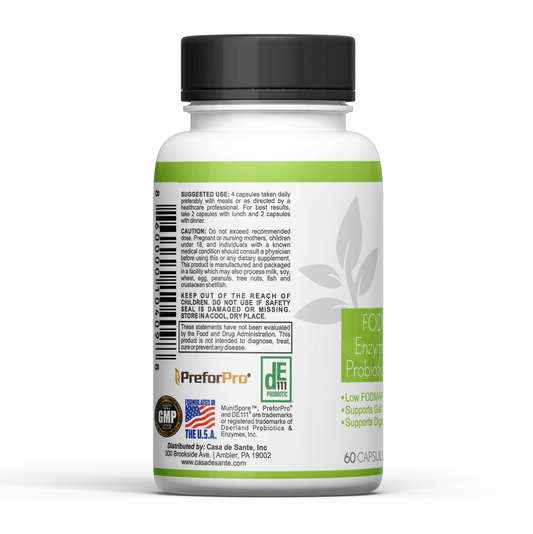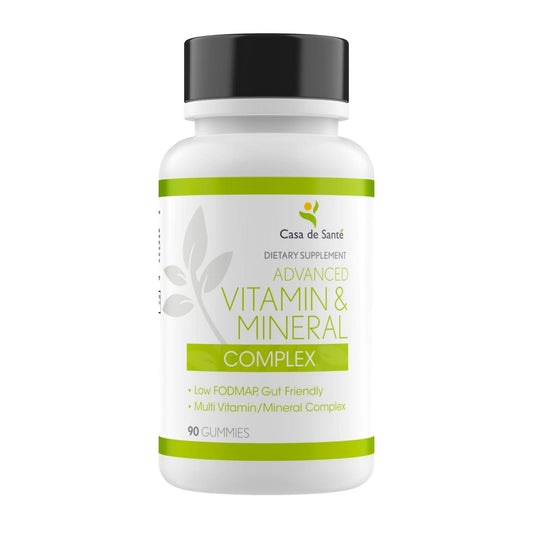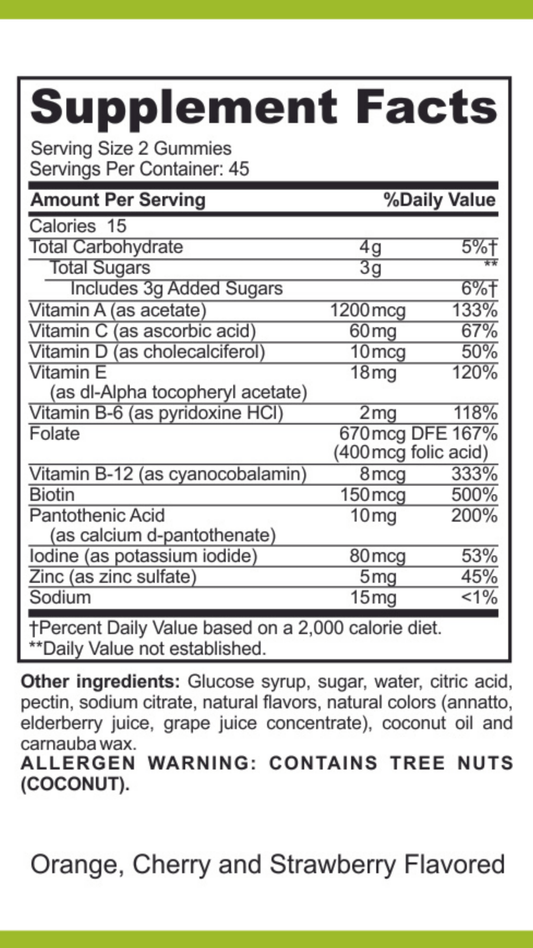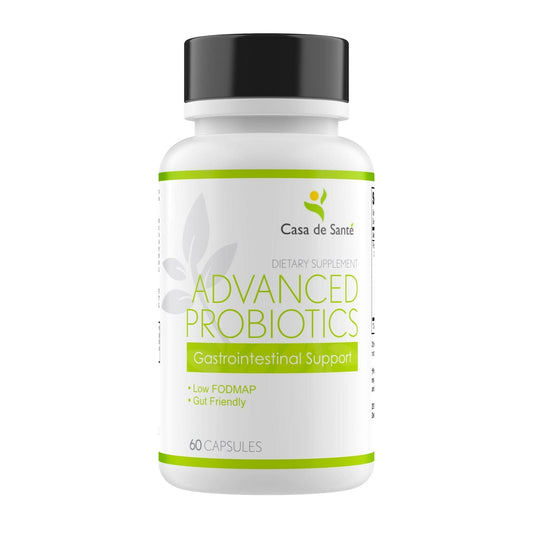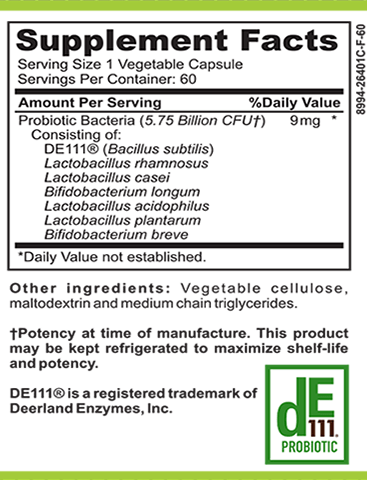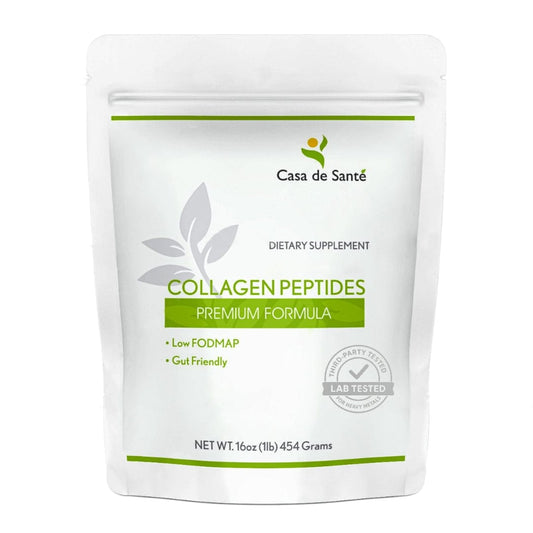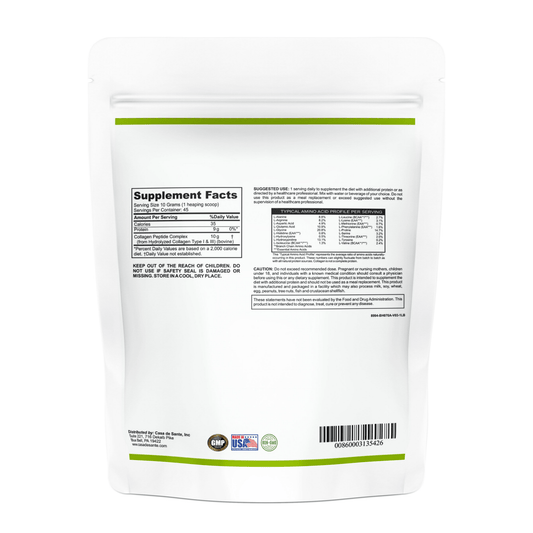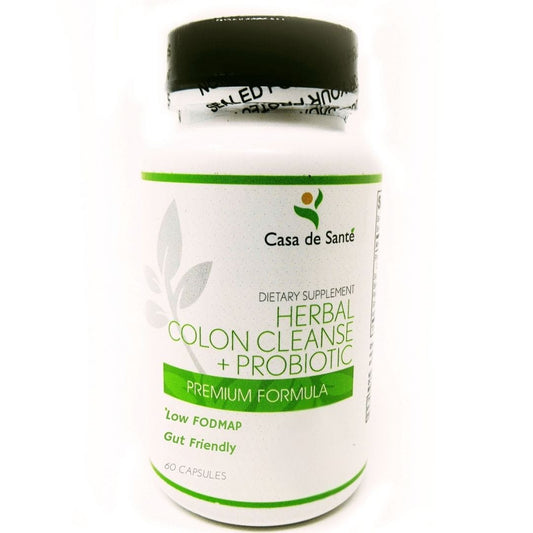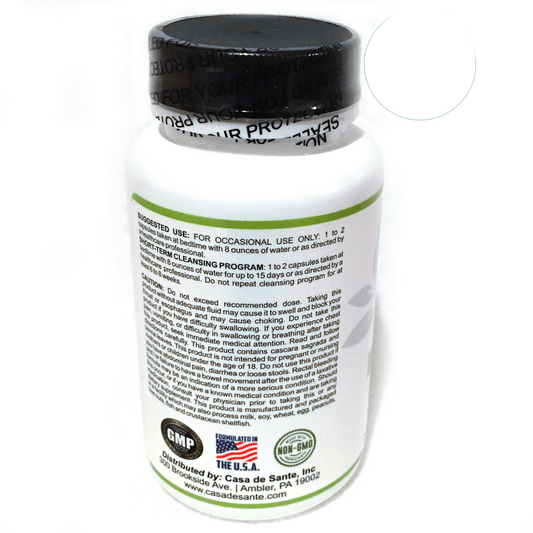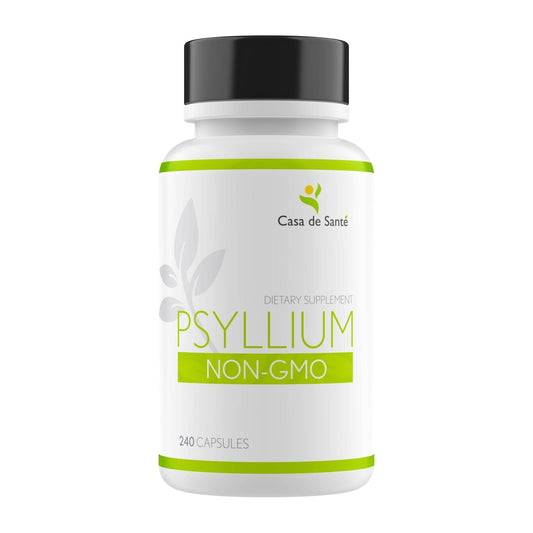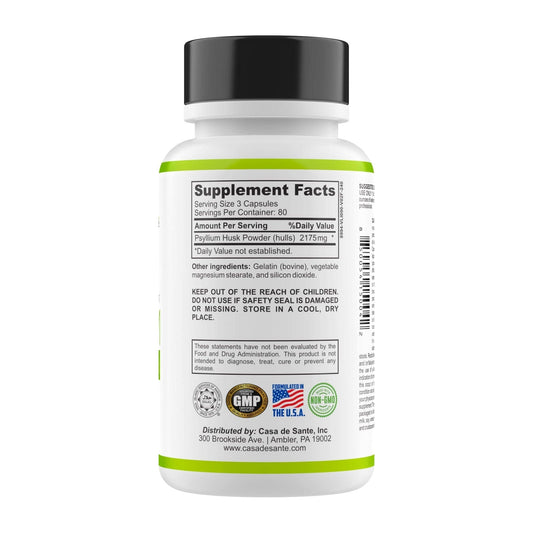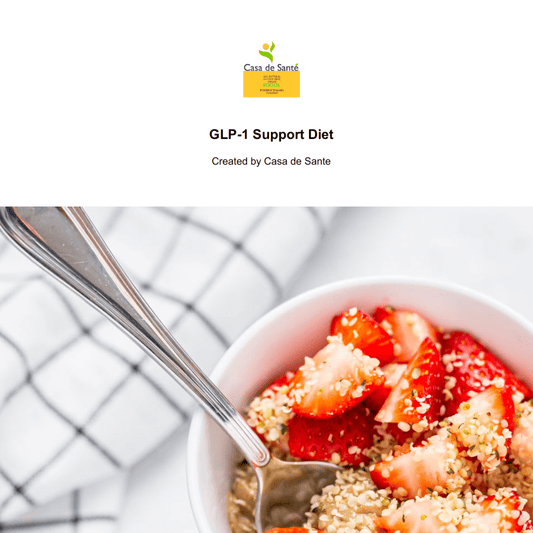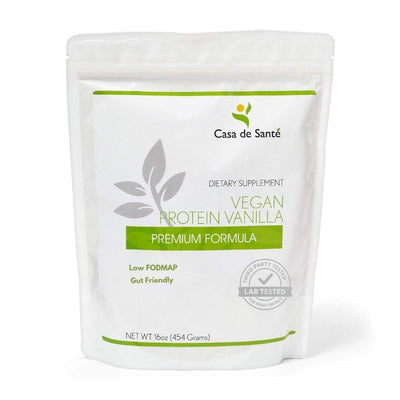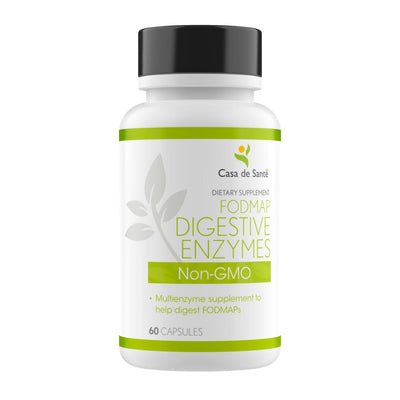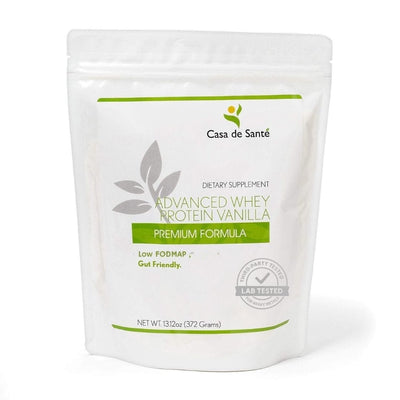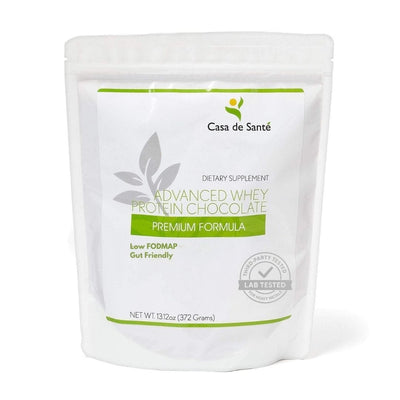Exploring FODMAP Foods: A Comprehensive Guide to Managing Your Gut Health
Hey there! So, you've probably heard about FODMAP foods, right? They're these carbs that can really mess with some people's guts. If you've been dealing with bloating or tummy troubles, you might want to pay attention. The FODMAP diet is all about figuring out which foods make your belly happy and which ones don't. It's not just about cutting foods out; it's about learning what works for you. Let's dive into the world of FODMAPs and see how they can help you feel better.
Key Takeaways
- FODMAPs are carbs that can cause digestive issues for some folks.
- The FODMAP diet has three steps: elimination, reintroduction, and finding what works for you.
- High FODMAP foods like apples and wheat might need to be avoided.
- Low FODMAP options include bananas and lactose-free dairy.
- A dietitian can be a big help in managing the FODMAP diet.
Understanding FODMAP Foods and Their Impact on Gut Health
What Are FODMAPs?
FODMAPs are a group of carbs that some people find hard to digest. The term stands for Fermentable Oligosaccharides, Disaccharides, Monosaccharides, and Polyols. These are sugars found in a lot of everyday foods. Here's a quick rundown:
- Fermentable: These are carbs that bacteria in your gut can break down, producing gas.
- Oligosaccharides: Found in foods like wheat, onions, and garlic.
- Disaccharides: Lactose is the main one here, found in dairy products.
- Monosaccharides: Fructose is a common example, found in fruits.
- Polyols: These are sugar alcohols in some fruits and artificial sweeteners.
How FODMAPs Affect Digestion
When FODMAPs reach the large intestine, they can draw in water and ferment, which leads to gas and bloating. This can make your gut feel pretty uncomfortable. For folks with sensitive digestive systems, like those with IBS, cutting down on FODMAPs can really help ease symptoms.
Common Symptoms Triggered by FODMAPs
People who have trouble with FODMAPs might notice:
- Bloating
- Gas
- Abdominal pain
- Diarrhea or constipation
Understanding FODMAPs is key to managing digestive health. Knowing which foods have these carbs can help you make better choices and feel more comfortable.
The Science Behind the FODMAP Diet
Phases of the FODMAP Diet
The FODMAP diet is all about figuring out which foods mess with your gut and which ones don't. It's broken down into three main parts:
- Elimination: First, you cut out all high-FODMAP foods. This usually lasts about 4-6 weeks. The goal here is to see if your symptoms get better.
- Reintroduction: Next, you slowly bring back FODMAPs, one at a time, to see which ones cause trouble. This helps you figure out your personal triggers.
- Personalization: Finally, you settle into a diet that avoids your triggers but includes everything else. This helps you maintain a balanced diet without unnecessary restrictions.
The Role of Gut Microbiome
Your gut is home to trillions of bacteria, collectively known as the microbiome. These tiny guys are crucial for digestion and overall health. When you eat high-FODMAP foods, they can ferment in the gut, causing gas and bloating. The FODMAP diet aims to reduce these symptoms by managing what your gut bacteria have to munch on.
Balancing your microbiome is not just about avoiding discomfort; it's about keeping your digestive system healthy and happy.
Scientific Evidence Supporting FODMAP Diet
There's a growing body of research that backs up the FODMAP diet. Studies have shown it can significantly reduce symptoms like bloating, gas, and stomach pain, especially for those with irritable bowel syndrome (IBS). It's not just a fad; it's a scientifically supported approach to managing gut health.
Researchers continue to explore how different FODMAPs affect the body and why some people are more sensitive than others. This ongoing research is crucial for refining the diet and making it more effective for everyone.
Identifying High and Low FODMAP Foods
High FODMAP Foods to Avoid
When diving into the world of FODMAPs, knowing which foods to dodge is key. If you're trying to manage gut issues, steering clear of high FODMAP foods can be a game changer.
- Fruits: Apples, pears, and watermelon are big no-nos. These fruits are packed with FODMAPs that can cause bloating.
- Dairy: Regular cow's milk, yogurt, and ice cream should be avoided. They contain lactose, a common FODMAP.
- Vegetables and Grains: Watch out for garlic, onions, and wheat products like bread and pasta. These can be tough on the stomach.
Here's a quick table to help you remember:
| Food Category | Examples |
|---|---|
| Fruits | Apples, Pears, Watermelon |
| Dairy | Cow's milk, Yogurt, Ice cream |
| Vegetables | Garlic, Onions, Cauliflower |
| Grains | Wheat products |
Quick Tip: Always check food labels and consider a nutrition assessment with a dietitian to tailor your diet.
Low FODMAP Foods to Include
On the flip side, there are plenty of low FODMAP foods that can keep your diet tasty and your tummy happy.
- Fruits and Vegetables: Bananas (when they're not too ripe), blueberries, and carrots are safe bets.
- Dairy Alternatives: Almond milk, lactose-free yogurt, and hard cheeses like cheddar and parmesan won't upset your stomach.
- Grains and Proteins: Quinoa and rice are your friends, along with proteins like chicken and fish.
Here's a handy list:
- Bananas (unripe)
- Blueberries
- Carrots
- Almond milk
- Lactose-free yogurt
- Cheddar cheese
- Quinoa
- Chicken
- Fish
Reading Food Labels for FODMAP Content
Reading food labels might seem tedious, but it's crucial for managing a low FODMAP diet. Keep an eye out for ingredients like high fructose corn syrup, which can sneak FODMAPs into your meals.
- Check for hidden ingredients: Some foods might have unexpected FODMAPs, so vigilance is key.
- Understand serving sizes: Even low FODMAP foods can become high FODMAP if you eat too much.
- Consult with a dietitian: They can provide a detailed nutrition assessment to help you make informed choices.
Managing a FODMAP diet isn't just about avoiding certain foods; it's about understanding your body's unique responses and making adjustments accordingly.
Implementing the FODMAP Diet in Daily Life
Meal Planning and Preparation
Sticking to a low FODMAP diet requires a bit of planning. Creating a weekly menu with meals that are low in FODMAPs can save you from last-minute stress. Here’s a quick guide:
- Draft a Weekly Plan: Outline your meals for each day, ensuring they’re low in FODMAPs.
- Batch Cooking: Prepare meals in bulk and store them for the week, so you’re never caught without a safe option.
- Snack Prep: Keep low FODMAP snacks ready to go, like rice cakes or lactose-free yogurt.
Navigating Social Situations
Eating out or attending social gatherings can be a bit tricky on a low FODMAP diet. Here’s how to manage:
- Check Menus Ahead: Look up restaurant menus online to find low FODMAP options before you go.
- Communicate Needs: Don’t hesitate to ask the waiter about ingredients or request modifications.
- Choose Simple Dishes: Opt for grilled meats or salads without dressings that might contain high FODMAP ingredients.
It’s all about being prepared and not being afraid to speak up about your dietary needs.
Working with a Dietitian
A dietitian can be a real asset when following a low FODMAP diet. They offer:
- Customized Meal Plans: Tailored to your unique needs and preferences.
- Guidance During Elimination Phase: Support to help you stick to the diet and avoid common pitfalls.
- Reintroduction Strategy: Helping you systematically reintroduce foods to identify triggers.
Working with a professional ensures you’re not missing out on essential nutrients while managing your symptoms effectively.
Challenges and Solutions in Following a FODMAP Diet
Overcoming Common Obstacles
Starting a FODMAP diet can feel like wandering through a maze. You're suddenly faced with a list of foods you can't eat, and it can be overwhelming. But don't worry, you're not alone. Many have walked this path before you and found ways to make it work. Here are a few hurdles you might face, and how to tackle them:
- Limited Food Choices: It feels like everything you love is off the table. But there are plenty of delicious low-FODMAP alternatives. Try exploring new recipes or tweaking your favorites to fit the diet.
- Eating Out: Social events or dining out can be tricky. Look up menus beforehand and don't shy away from asking the staff about ingredients.
- Cooking at Home: If you're not used to cooking, it might seem daunting. Start simple. Focus on meals that are easy to prepare and gradually build your skills.
Maintaining Nutritional Balance
When you're cutting out many foods, it's easy to miss out on essential nutrients. Keeping a balanced diet is crucial. Here's how you can maintain it:
- Diversify Your Meals: Include a variety of low-FODMAP foods to cover all your nutritional bases.
- Supplement Wisely: Sometimes, supplements can help fill the gaps. Consult with a healthcare provider to see what's right for you.
- Monitor Your Health: Regular check-ins with a dietitian can help you stay on track and adjust your diet as needed.
Psychological and Social Considerations
The FODMAP diet isn't just about food; it affects your social life and mental well-being too. Here’s what to keep in mind:
- Stress and Anxiety: Constantly worrying about what you can eat can stress you out. Plan ahead to ease these worries.
- Social Isolation: Feeling left out at social gatherings? Bring your own low-FODMAP dish to share or suggest restaurants with suitable options.
- Reintroduction Phase: This can be a rollercoaster. Take it slow, and keep a food diary to track reactions to different foods.
Remember, the FODMAP diet is a journey, not a destination. It’s about finding what works for you and your gut.
Success Stories and Expert Tips for FODMAP Diet
Real-Life Success Stories
Living with digestive issues can be a real challenge, but many have found relief through the low FODMAP diet. Take Sarah, for example. After years of battling bloating and discomfort, she decided to give the FODMAP diet a shot. Within weeks, she noticed a significant improvement in her symptoms. Her energy levels soared, and she finally felt like herself again. Then there's Mike, who struggled with irritable bowel syndrome for years. After adopting the FODMAP diet, he found that he could enjoy meals without the constant worry of triggering his symptoms. These stories aren't just about food choices—they're about reclaiming quality of life.
Expert Tips for Managing FODMAP Diet
Navigating the FODMAP diet can be tricky, but experts have some tips to make it easier:
- Work with a Dietitian: A dietitian can tailor the diet to your specific needs, ensuring you get the nutrients you need while avoiding triggers.
- Plan Your Meals: Preparation is key. Plan your meals for the week, and always have low FODMAP snacks on hand.
- Keep a Food Diary: Track what you eat and how it affects you. This helps in identifying which foods are your personal triggers.
Long-Term Benefits of FODMAP Diet
The FODMAP diet isn't just about short-term relief. Over time, it can help you identify and understand your body's unique responses to different foods. Many find that, after following the diet, they can reintroduce certain foods without issue. The goal is to create a sustainable eating pattern that keeps symptoms at bay while allowing for a varied diet. In the long run, the FODMAP diet can lead to a happier, healthier gut, and by extension, a better quality of life.
Managing your diet with FODMAPs is a journey. It requires patience and persistence, but the rewards—like improved gut health and overall well-being—are well worth the effort.
Discover how others have thrived on the FODMAP diet! With real success stories and expert advice, you can find the support you need to make this journey easier. Visit our website for more tips and resources to help you succeed!
Conclusion
Wrapping up our journey through FODMAP foods, it's clear that understanding what you eat can make a big difference in how you feel. By figuring out which foods work for you and which don't, you can take control of your gut health. It's not always easy, and it might take some trial and error, but the payoff is worth it. Remember, you're not alone in this. There are plenty of resources and communities out there to help you along the way. So, here's to better days and happier tummies!
Frequently Asked Questions
What exactly are FODMAPs?
FODMAPs are certain types of carbohydrates found in various foods that can be tough for some people to digest. They include sugars such as fructose and lactose.
How do FODMAPs cause digestive trouble?
When FODMAPs reach the large intestine, they can pull in water and ferment, which creates gas and bloating, making the stomach feel uncomfortable.
What is the Low FODMAP diet all about?
The Low FODMAP diet is a way to cut out foods high in FODMAPs for some time to see if it helps ease digestive problems.
Which foods should I skip on a Low FODMAP diet?
Foods like apples, onions, and dairy products are high in FODMAPs and should be avoided during the diet.
Are there any fruits I can eat on a Low FODMAP diet?
Yes, some fruits like bananas and strawberries are low in FODMAPs and are generally safe to eat.
Is the Low FODMAP diet something I have to follow forever?
No, the Low FODMAP diet is not meant to be followed forever. It's a temporary plan to help you find out which foods cause your symptoms.

